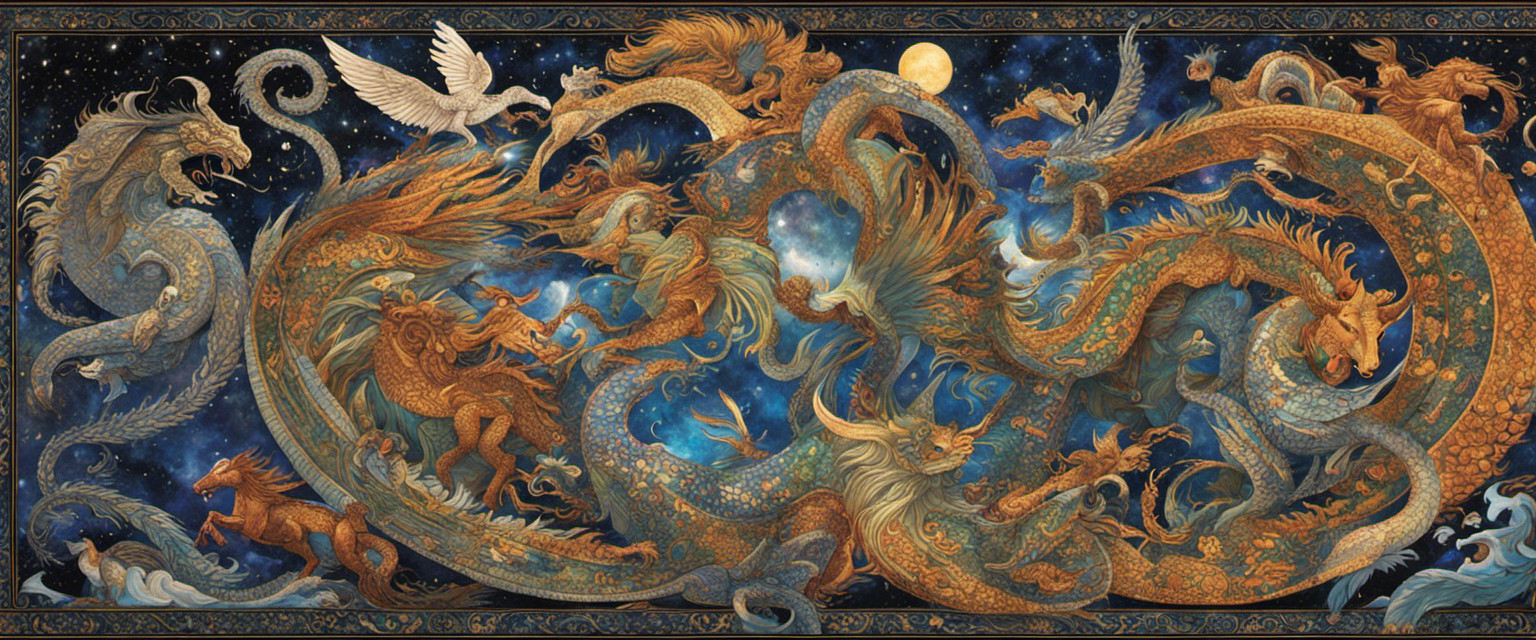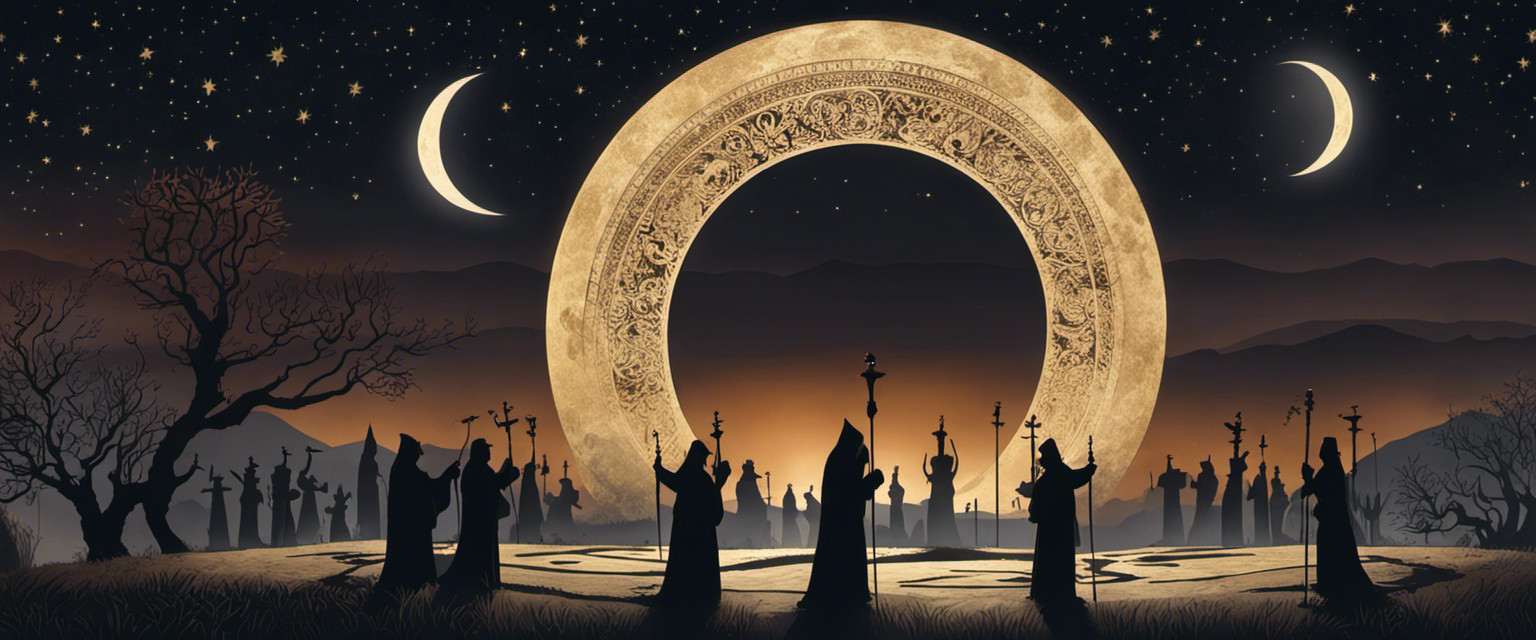The cultural symbolism of owls is a topic that has been explored extensively across various cultures and time periods. This article aims to provide an in-depth understanding of this subject by analyzing the significance attributed to owls in different societies.
Through a detailed examination, readers will gain valuable insights into the diverse meanings associated with these creatures, enabling them to navigate and interpret owl symbolism more effectively.
By delving into the historical and cultural contexts surrounding owl symbolism, this article seeks to shed light on what may appear as ‚useless‘ knowledge at first glance.
Cultural History
Ancient owl depictions have been found in various cultures throughout history, suggesting the enduring fascination and symbolism associated with these creatures.
From ancient Greece to Egypt, owls were often depicted as wise and knowledgeable beings, associated with wisdom and foresight.
Global owl symbolism transcends cultural boundaries, with owls representing different concepts such as mystery, darkness, and death in some cultures, while symbolizing fertility, protection, and good fortune in others.
Ancient Owl Depictions
In various historical periods, depictions of owls can be found in art and cultural artifacts. Ancient owl sculptures were created by civilizations such as the Greeks and Egyptians, showcasing the cultural importance of these creatures.
Owls have long been associated with wisdom, knowledge, and protection in mythology. In Greek mythology, the goddess Athena was often depicted with an owl companion symbolizing her wisdom. Similarly, in Egyptian mythology, the owl was linked to the afterlife and represented protection against evil spirits.
Global Owl Symbolism
Throughout different cultures worldwide, depictions of owls have been found in various forms of art and artifacts, reflecting their significance in the collective human imagination.
Owl mythology is prevalent across many societies, where these nocturnal birds are often associated with wisdom, intelligence, and mystery.
In addition to their positive connotations, owls have also been regarded as omens of death or misfortune in certain cultures.
These diverse interpretations highlight the complex symbolism attached to owls and demonstrate their enduring presence in human folklore and belief systems.
Main Explanation: Symbolism of Owls in Different Cultures
Symbolism of owls varies across different cultures, with each culture attributing unique meanings and representations to these nocturnal birds. In modern society, owls are often associated with wisdom, knowledge, and mystery. They are seen as symbols of intelligence and intuition.
In literature, owls have been used as powerful metaphors for wisdom and foresight. From ancient Greek mythology to contemporary literature, owls have played significant roles in various narratives, representing both darkness and enlightenment.
Tips for Understanding Owl Symbolism
One way to gain a deeper understanding of the meaning behind owl symbolism is by exploring their significance in different cultural contexts. This can be done through analyzing owl symbolism in literature, art, and folklore.
-
Owl symbolism in literature: Owls are often depicted as wise and knowledgeable creatures, representing wisdom and insight in various literary works.
-
Owl symbolism in art: Owls have been a popular subject in art throughout history, symbolizing different concepts such as mystery, darkness, and intuition.
-
Exploring these cultural representations can provide valuable insights into the multifaceted symbolism of owls across different artistic mediums and traditions.
Final Thoughts
In conclusion, the understanding of owl symbolism in literature is enriched by exploring owl myths and legends.
These narratives provide valuable insights into how owls have been portrayed across cultures, shedding light on their symbolic meanings.
By examining these stories, readers can gain a deeper appreciation for the intricate layers of symbolism associated with owls.
The exploration of owl myths and legends thus adds depth and complexity to the interpretation of owl symbolism in literature.
Frequently Asked Questions
What Is the Scientific Classification of Owls?
The scientific classification of owls falls under the order Strigiformes and the family Strigidae. Owls are known for their nocturnal behavior, exceptional hearing, and silent flight. They inhabit various habitats worldwide, including forests, deserts, and grasslands.
How Do Owls Communicate With Each Other?
Owls communicate through a variety of vocalizations, which play a crucial role in their nocturnal activities. These vocal signals serve as means of establishing territory, attracting mates, and communicating with conspecifics, helping to ensure social cohesion within owl populations.
What Are the Physical Characteristics of Owls?
The physical characteristics of owls encompass their adaptation as nocturnal hunters and their unique ability to rotate their heads. These features enable them to locate prey with precision and navigate their environment effectively.
How Long Do Owls Live in the Wild?
Predators of owls and owl conservation efforts are important factors when considering the lifespan of owls in the wild. Understanding these aspects can provide insight into how long owls typically live without the context of cultural symbolism.
What Are Some Famous Fictional Owls in Literature and Movies?
Famous fictional owls in literature and movies hold significant positions in pop culture. They portray the diverse symbolism of owls found in different cultures and their rich meanings in folklore, adding depth and intrigue to the narratives.





